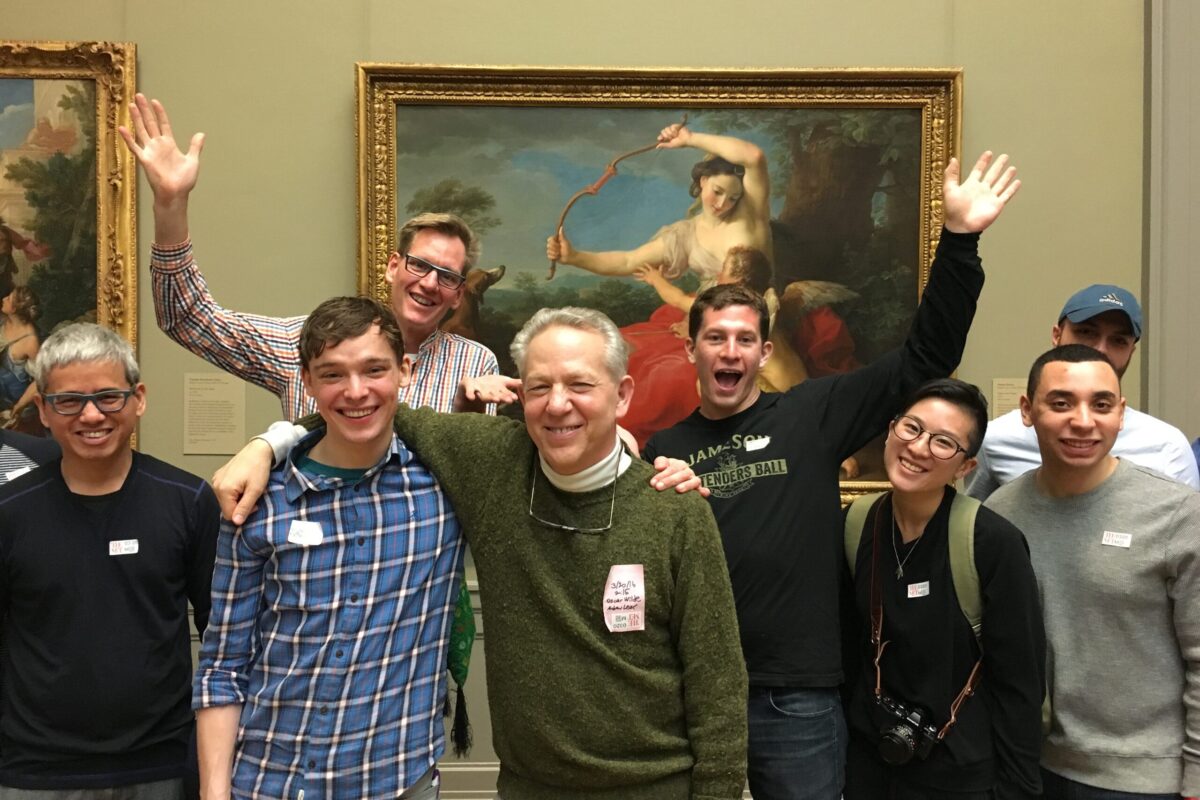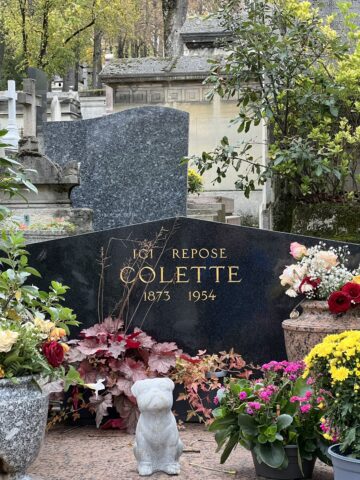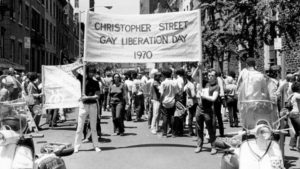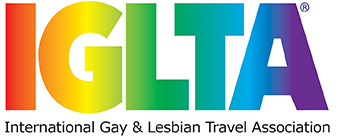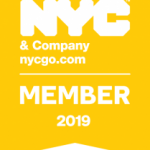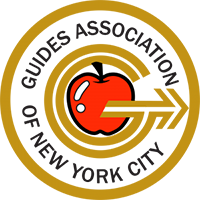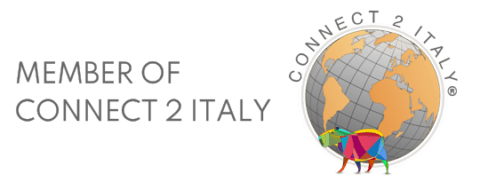In today’s business environment, attracting and retaining talent is a significant challenge, and it is ever more essential to have an inclusive workplace where every employee can be themselves. As a result, business leaders often ask, “How do I promote diversity, equity, and inclusion in my team? What are some team—building activities for DEI?” And often, given today’s workplace conditions, “what are some DEI activities for remote teams?”
Create an inclusive workplace by showcasing LGBTQ+ history, art and culture
In our experience, programming on LGBTQ+ history and art is an effective strategy for DEI team-building. By showcasing the hidden histories of LGBTQ+ people—their massive contributions to culture, their persecution, and the bravery they have often demonstrated—such programming provides diverse employees with new sources of Pride and their colleagues with new sources of understanding and openness. By jumpstarting conversations and breaking down unconscious bias, it helps to create an inclusive workplace and boost collaboration, innovation, and success.
A tour on LGBTQ+ Secrets at several famous monuments
I highly recommend four options. Two are tour focused on the “LGBTQ+ Secrets” of famous monuments: the Metropolitan Museum and Père Lachaise Cemetery in Paris. A tour of “The Secrets of the Met” takes you from ancient Greek statues (showing that same-sex love has been part of the human experience throughout history) to Picasso’s portrait of Gertrude Stein, which opens the subject of lesbian, queer, and trans identities. The secrets of Père Lachaise takes you to the tombs of such “residents” as Oscar Wilde—both a fantastic example of LGBTQ+
creativity and, sadly, a vital example of the persecution of LGBTQ+ people—and a series of so-called gay icons, such as Maria Callas and Edith Piaf, women with outsize talents who overcame the great difficulties of their early lives to achieve success, with whom LGBTQ+ people naturally identify but who can also serve as models of persistence and creativity for everyone in the workplace.
A virtual tour on LGBTQ+ Heroes
Two other engaging options focus on “LGBTQ+ Heroes”: a virtual tour of Greenwich Village and a presentation on LGBTQ+ resistance heroes of Nazi Europe. A Greenwich Village tour shows how the neighborhood’s tradition of diversity and inclusion led to the Stonewall riots and, thus, to many victories in the fight for LGBTQ+ equality. The WWII presentation showcases the extraordinary heroism of several LGBTQ+ people in Nazi Europe, including a Jewish gym teacher who managed to protect hundreds of Jewish children even in a death camp, and also movie star Marlene Dietrich, whose work against the Nazis won the US Medal of Honor, the French Legion d’honneur, and the Israeli Medal of Valor. By directly contradicting the traditional prejudice about LGBTQ+ people’s supposed cowardice,
this presentation helps to eliminate unconscious bias.
A highly visual activity that confronts bias to create a positive work place
Programming like this is highly visual; it contains both moments of drama and moments of humor. It confronts bias directly but (perhaps more importantly) also indirectly, by giving people memorable images and stories that contradict prejudice, reinforcing LGBTQ+ employees’ positive self-images, and opening the minds of their colleagues to the LGBTQ+ experience. By starting a conversation, it helps companies foster team bonding, create an inclusive workplace, and retain diverse talents.

